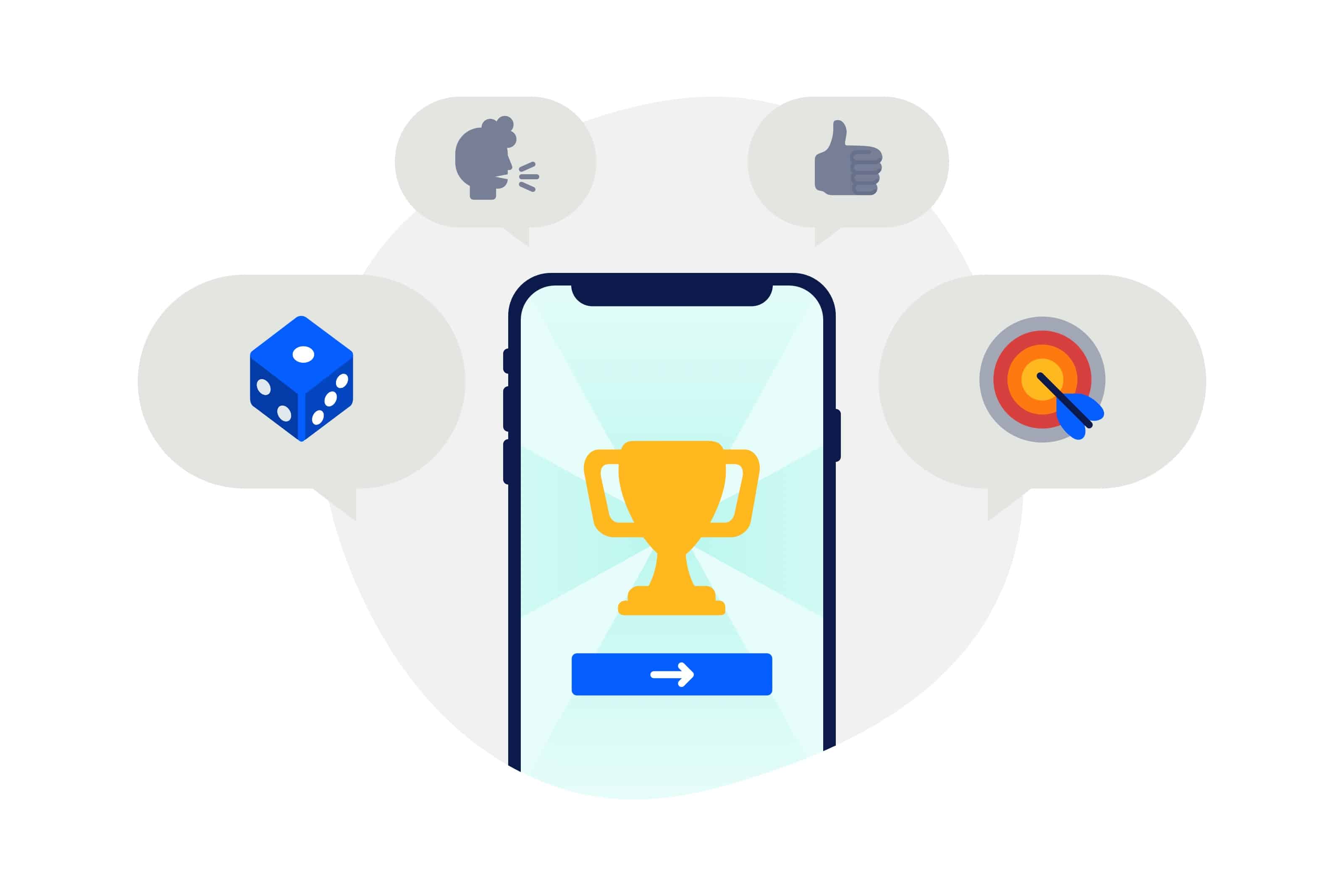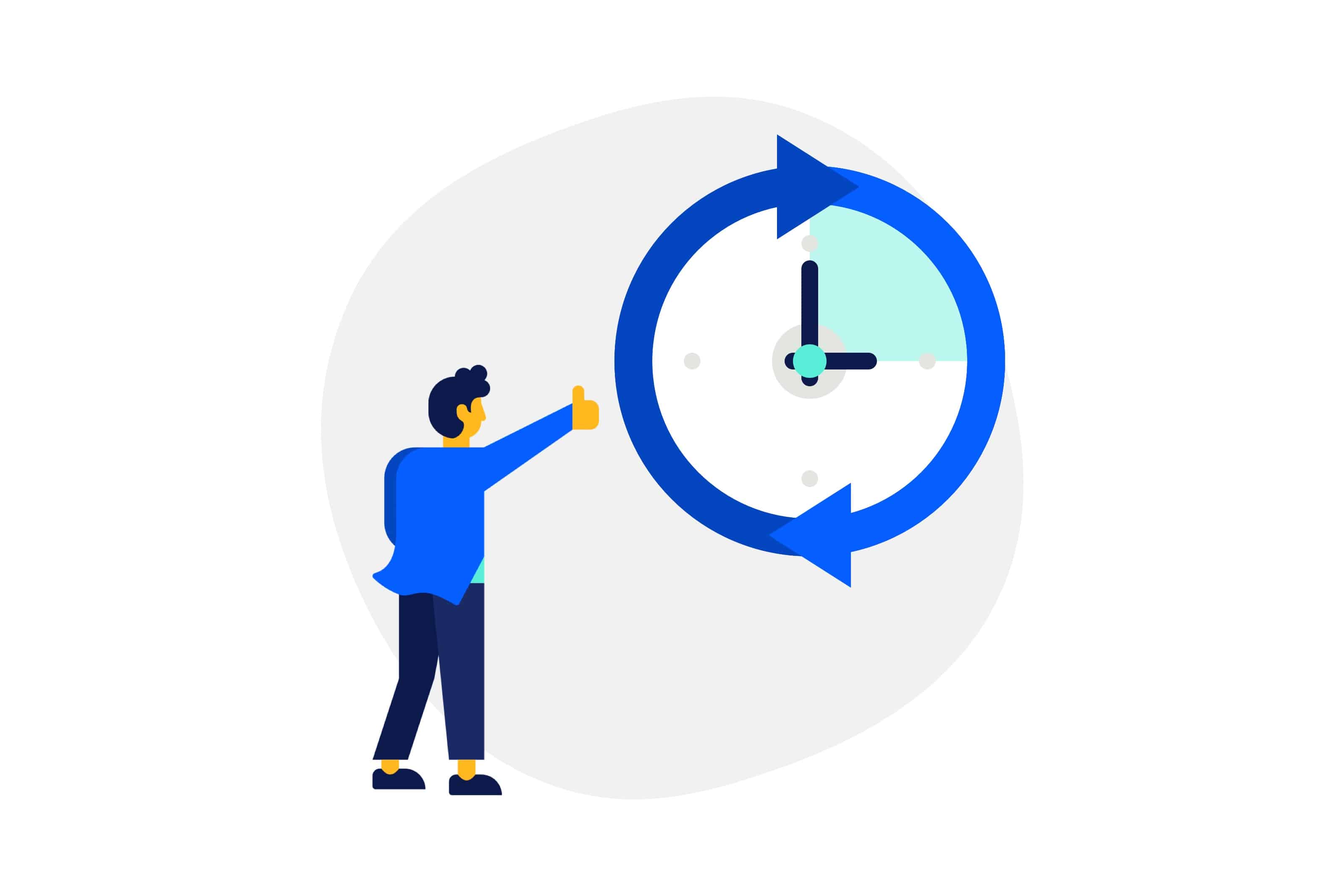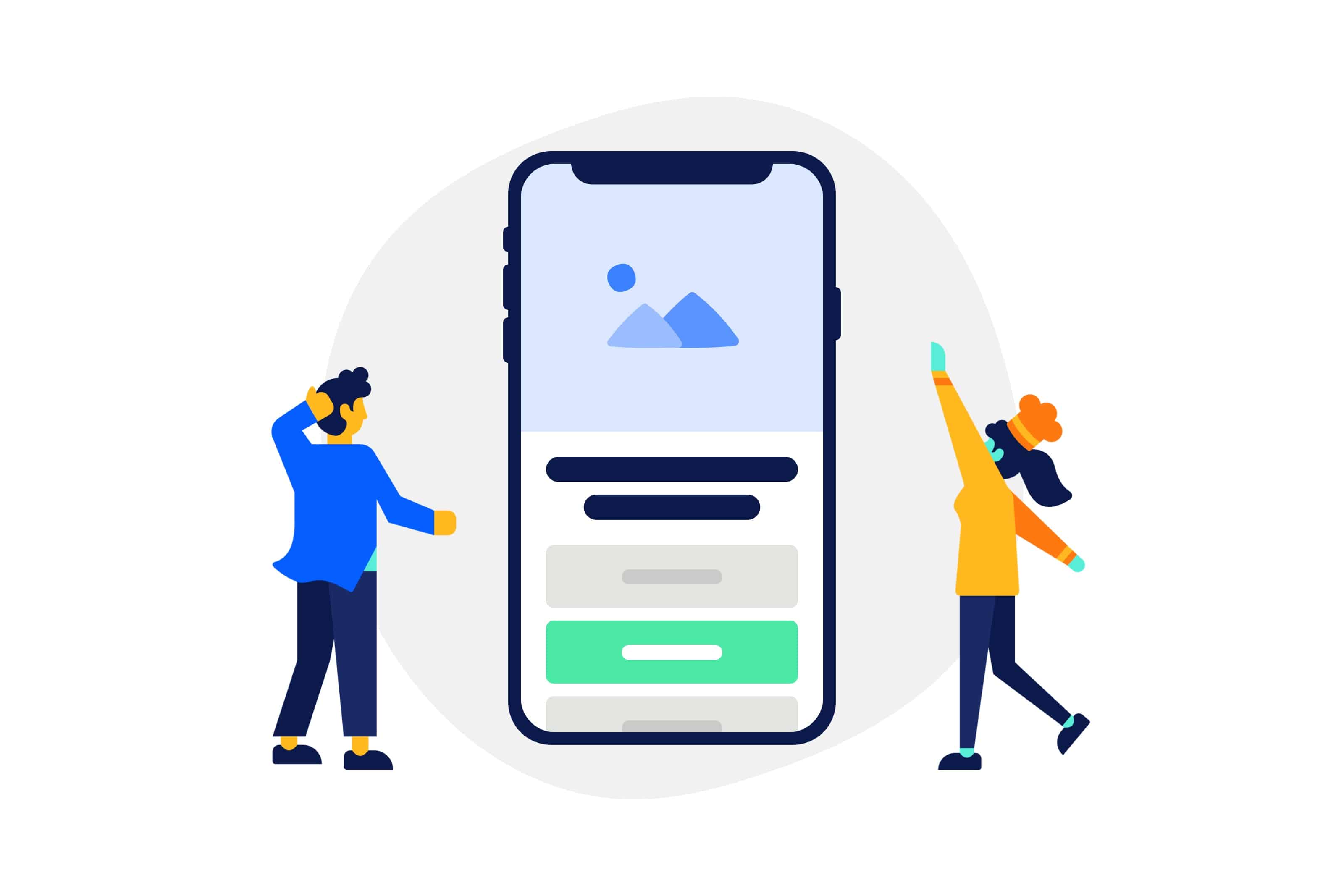In our previous post we explored how to hire the best seasonal staff and what it takes to train them to a high standard. However, measuring the strength of that training is entirely different. Sometimes training needs to be tweaked or changed to be more effective. Which is why tracking the progress of, and measuring if your training is actually working, is an essential step that must not be missed.
Therefore, tracking results and engagement, alongside learner feedback, is key to ensuring that your training is effective (or not effective). Here are several methods for ongoing progress tracking and gauging the effectiveness of your seasonal staff training.

Use Gamification
What is Gamification?
If you used any social media or training tool before, odds are you’ve come across a form of gamification. Gamification makes use of gaming mechanics in a non-gaming application, often to encourage actions and encourage users to continue using said application. In relation to learning applications, gamification is commonly believed to make the learning process significantly more engaging and effective.
Gamification has four key elements:
1. Goals – Setting a goal for learners to achieve
2. Challenges – Include a task that needs to be conquered
3. Rewards – Provide incentives that can be won when completing challenges
4. Rules – Set clear parameters that should be met
Examples of Gamification
Progress Bars
It goes without saying, but progress bars indicate how far you are in a process. When taking part in staff training, these visual markers can help to motivate learners to complete their course as the end is within reach. These markers can be used per course or to show overall progress of a training program.
Achievements/Badges
As stated earlier, rewards are a crucial element of gamification. Rewarding learners with badges, achievements or points help to quantify the tasks and training that they’re taking part in – you’re essentially rewarding them for their effort and accomplishments. This encouragement can help to motivate learners to strive for more and work towards gaining that prize.
Currency
Digital currencies are another great example of gamification. Not only are they a reward in themselves, but they’re something that can be exchanged for another, more coveted reward. This typically leads to more engagement, as learners will work towards gaining enough currency to get the item they’re chasing after – while also allowing you to track whose gained the most currency.
Leader Boards
Never underestimate the effectiveness of friendly competition. Leader boards help to motivates learners to compete against their friends and colleagues – to get the bragging rights of being in first place. This also gives you the opportunity to offer different types of leader boards, whether that’s based on location, role or seniority to name a few.
Actual Games
Sometimes including a real game, like a quiz or word puzzle, adds excitement to the mundane parts of a training program. They can serve as great devices to break up the more intensive areas of a courses, while also keeping learners engaged with the content. Quizzes in particular as a great device for not only testing knowledge but also gauges whether the training content is being absorbed in a fun and engaging way.

Ask Your Staff
It goes without saying, but the best way to ensure that your training is effective is by asking your staff. However, this is an often-overlooked step. Here are a few ways to approach and talk to your staff about your training.
Open Communication
First and foremost, your staff should feel comfortable in approaching you with their feedback. One of the most common ways is via anonymous surveys or polls. This takes away pressure from staff feeling as though their comments will be judged or they’ll punished if they disagree with certain content. Set up email communication, group sessions, social media groups etc. Make your staff comfortable in communicating honestly with you and you’ll be able to safely gauge how they’re responding with the training content.
Develop Ideas Together
The most effective training is that which is requested by your staff themselves. After all, who knows what they want more than they do! List out common requests and plan out future content based on what’s both required by you and your staff.
Create a Reward System
Another way to create more engagement with your content is by having real life rewards based on your staff’s performance. Whether it’s a weekend getaway, new phone or gift certificate – the acknowledgement and goal will do wonders in getting your staff fully engaged and aiming at the end rewards.

Track Time Spent on the Platform
One key indicator for tracking learner engagement is by monitoring how much time staff are actually spending on the system. Tracking session time in particular is a great indicator – 15 minutes is commonly viewed as a great benchmark for engagement.
Reports
High quality LMS’ will offer in-depth reports on all aspects of user activity. These reports are helpful to help you gauges how long and how your staff are engaging in both the platform itself and the provided training content. Utilise these reports to help you see where you need to increase or decrease your efforts.
Keep Context in Mind
Remember to keep context in mind when it comes to time spent on certain training content. Some courses could be shorter that others, while others could be a lot more challenging. So, always keep in mind the context of the reports you’re viewing.
Help Those in Need
Another thing to keep in mind, is those struggling with their training. Not everyone takes the same amount of time to complete tasks, some might even find this quite difficult. When these issues arise it’s important to provide support to these individuals. If your staff feel abandoned or that the learning curve is too high, they’ll likely drop off and lose interest in the training.

Use Quizzes
As stated earlier, quizzes are both a great way of not only testing knowledge, but also gauging the effectiveness of your seasonal staff training.
Start with Basic Knowledge
An initial basic knowledge quiz helps to test existing knowledge and also ease learners into what they’re about to learn. The results of these also will help you measure the effectiveness of your existing content and what needs to be adjusted or improved upon.
Test Knowledge Regularly
Making use of random pop quizzes are a good way to measure the retention of your training. After all, you want your staff to learn and remember the training content. Also, where possible, mix up your question and answer types. Switching from true/false to multiple choice, to text fields, helps to break up the quiz and to keep engagement high.
Finish Strong, with a Final Quiz
One of the best ways of judging how much your staff have learned from the training content is via an end of course quiz. This can give you results on areas that need looking into, as well as identifying individuals that are performing above and beyond.
So, those are just some of the ways that you can utilise your eLearning tool to gauge the effectiveness and engagement of your training content. Have you tried these out? Tweet us and let us know how they helped you improve your training content.
For a more detailed look into how you can streamline your seasonal staff training, check out our brand-new eBook: Innform’s Essential Guide to Seasonal Staff Training. Or, discover how you can Hire the Best Seasonal Staff.
We’ve also recently joined eLearning Industry’s list of top 20 best LMS software based on User Experience – in 4th place!
